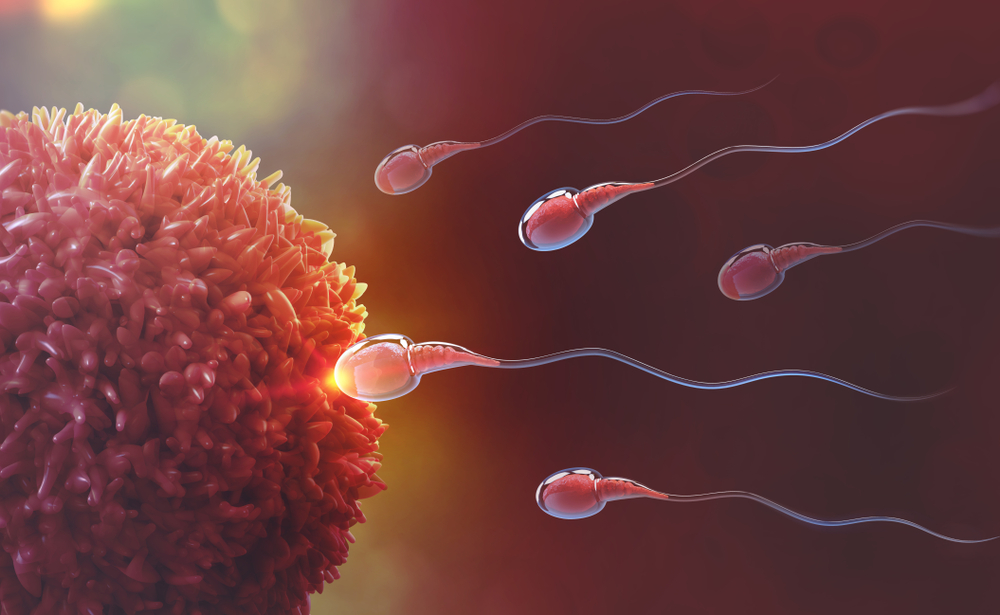
Parenthood is what all couples desire to achieve. But lately, there have been too many infertility issues creeping in the lives of these couples, shattering their dreams. However, with the improvement of the technology and science, various procedures like IVF came as the savior of dreams of many couples. In vitro fertilization (IVF) was the most common and most effective type of assisted reproductive technology (ART) to help women become pregnant.However ICSI(Intra-cytoplasmic Sperm Injection)has now replaced it.
The procedure involves fertilizing an egg outside the body, in a laboratory dish, and then implanting it in a woman’s uterus. This is the principle of In Vitro Fertilization.
Therefore, here we offer a great hope to all those couples who are cases of infertility and need precise treatment. We prefer presenting our patients a personalized treatment plan with all the care that they desire.
Fun fact:
- Do you know who the first IVF baby in this world was?
Well, if you do not know then, IVF has been used since the late 1970’s. On 25 July, 1978, the first test tube baby, Louise Brown, was born. Robert Edwards and Patrick Steptoe, were both, responsible for the birth and are considered to be the pioneers of IVF. To date, IVF has contributed to approximately 5 million births.
IVF is used in the following cases of infertility:
- Women with damaged or blocked fallopian tubes or no fallopian tubes at all.
- Women with poor ovarian reserve.
- Male partners having poor sperm count or immotile sperms or any other male infertility issues.
The 4-step pregnancy IVF procedure:
Stimulating the ovulation
The fertility specialist, most of the time suggests some medicines or hormonal shots to stimulate the production of a greater number of eggs. This is because more the number of eggs, the greater will be the chance of being pregnant successfully.
Egg retrieval
This is one of the most important steps of the IVF procedure. A very thin needle is inserted through the upper vaginal wall and then with the help of ultrasound, the oocytes or the eggs are retrieved under anesthesia. After extracting the eggs with suction, they are then placed in the culture dish. Finally, they are left in the incubator.
Fertilization
The third step is considered as the most crucial step and this is fertilization. We know that fertilization is a process where the male and female gametes fuse together to form an embryo. Here in this step, the sperms of the male partner especially, the most active sperms are processed and are then left with the eggs in the culture dish.The culture dish is then placed in the incubator for incubation. Embryo formation will then takes place in this culture dish under incubation.
Embryo transfer and implantation
Now, this is the final step of IVF. Here the embryos are examined and perfectly healthy ones are selected to be implanted in the mother’s uterus. The embryo transfer procedure involves the use of a speculum and a cannula. The speculum is an instrument, placed in the vagina to see the cervix (mouth of the uterus) and then by passing the cannula with an embryo / embryos is/are placed in the uterine cavity via the cervix under ultrasound guidance.





